A Bose-Einstein condensate, when shaken appropriately, shows universal dynamics at a ferromagnetic quantum critical point.
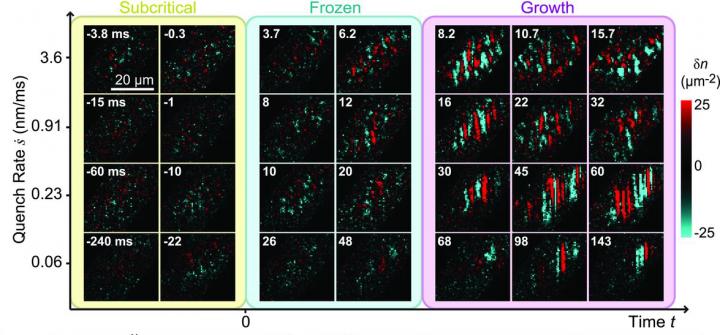
A Bose-Einstein condensate, when shaken appropriately, shows universal dynamics at a ferromagnetic quantum critical point.
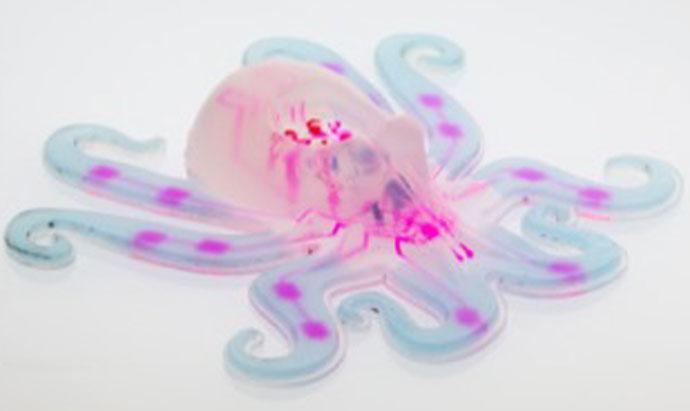
Soft robots possess many attributes that are difficult, if not impossible, to achieve with conventional robots composed of rigid materials. Yet, despite recent advances, soft robots must still be tethered to hard robotic control systems and power sources.
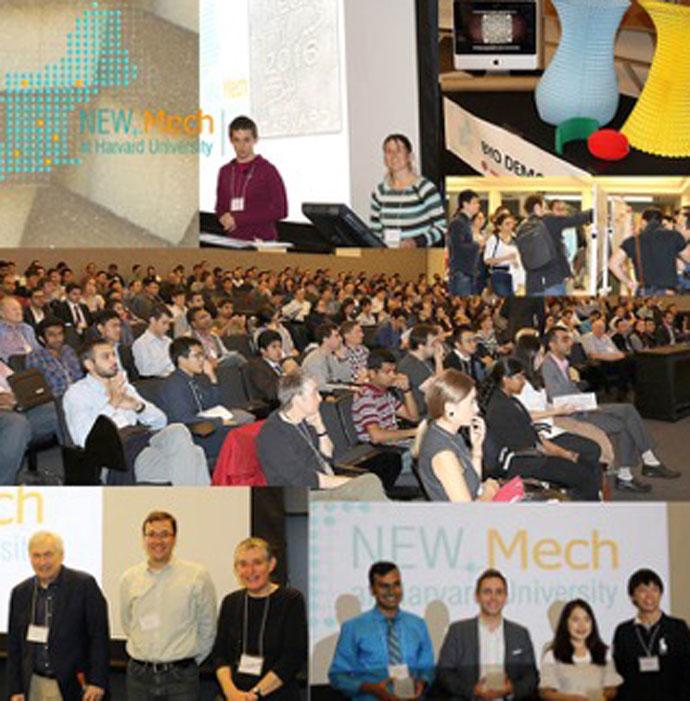
The MRSEC co-sponsored NEW.Mech, a one-day workshop held in October 2016 at Harvard. The annual conference brings together researchers to explore new directions in the mechanics of materials and structures.

A Solar Outreach Program for Haiti is comprised of an interdisciplinary team of students, professors, university partners, and non-governmental organizations whose goal is to design and build Integrated Energy Centers in energy scarce regions. This year, the program developed a business plan, located investors, and submitted several grant proposals.
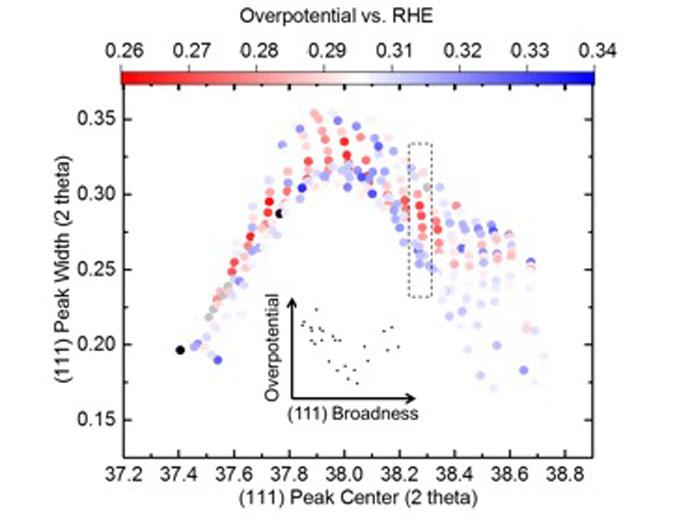
Due to enormous challenges associated with theoretical modeling of multicomponent alloys, there are no reliable theoretical predictions available for their composition-dependent properties and structures. Taylor and Schroers have proposed to use combinatorial materials science to address this challenge.
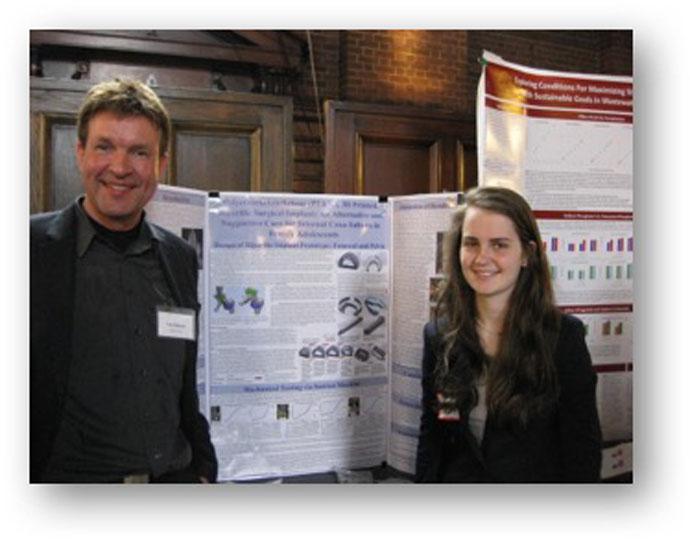
CRISP continued its interactions with industrial companies that aim to commercialize broadly new and simpler approach for force microscopy measurements. Separately, CRISP continued to train graduate students in research, writing, and presentation skills by providing the opportunity to attend a number of international conferences.
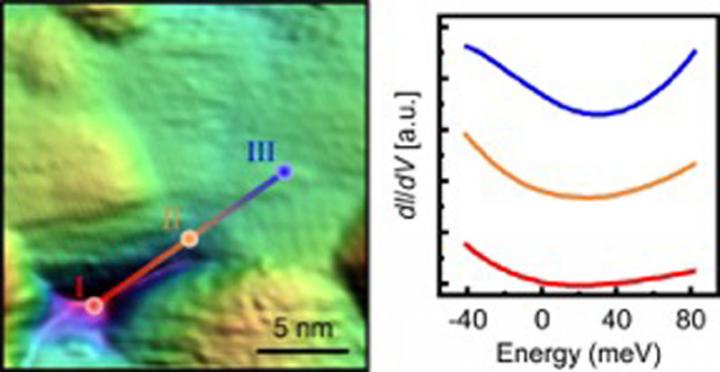
Topological crystalline insulators feature conducting surface states for electrons whose existence is protected by crystal symmetry. Scanning probe microscopy experiments on SnTe reveal that such metallic topological states can coexist next to semiconducting regions.
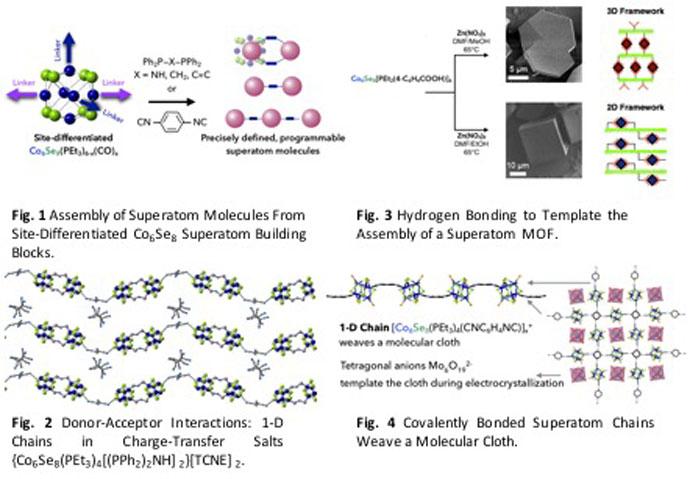
Featured as one of the “Ten Ideas That Will Change the World” in Scientific American in 2016, the discovery of assembling site-differentiated, atomically precise clusters into dimensionally controlled materials opens a new way to design and program a next generation of functional nanomaterials.
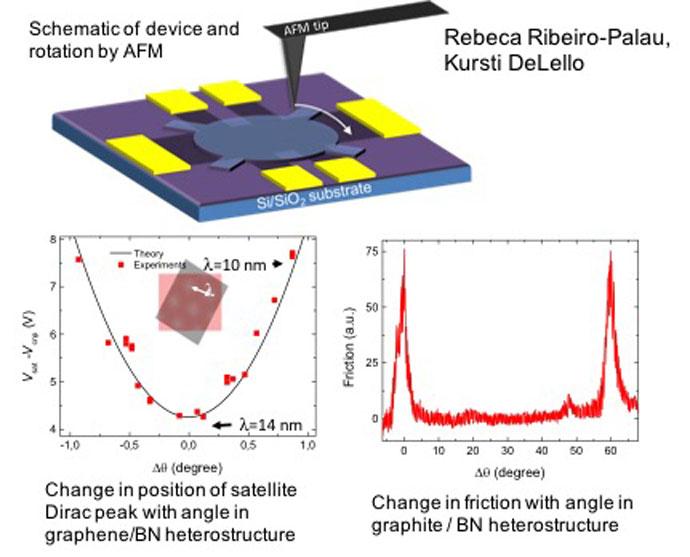
IRG1 of the Columbia MRSEC seeks to understand the behavior of van der Waals heterostructures created by assembly of atomically thin layered materials. One important question in this effort is how the relative orientation between the layers affects multiple properties.
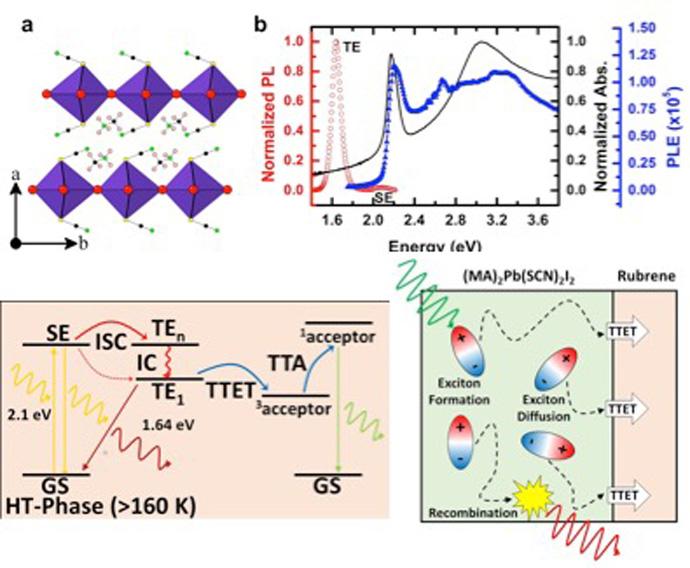
Most recent work on hybrid organic-inorganic perovskites is focused on solar cell applications. Hybrid perovskites, however, provide a flexible platform for materials design, with prospects for many different applications.